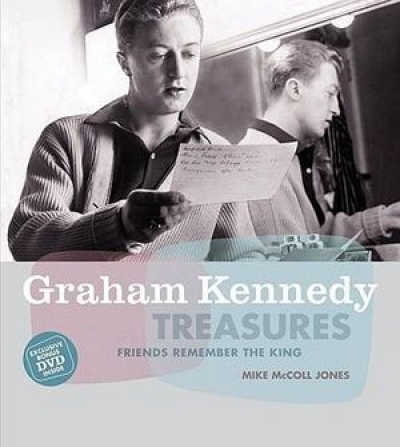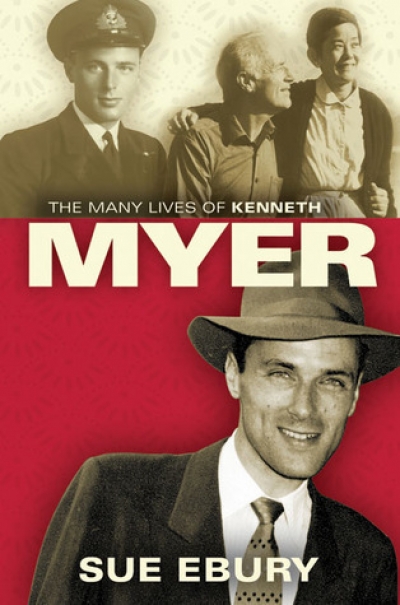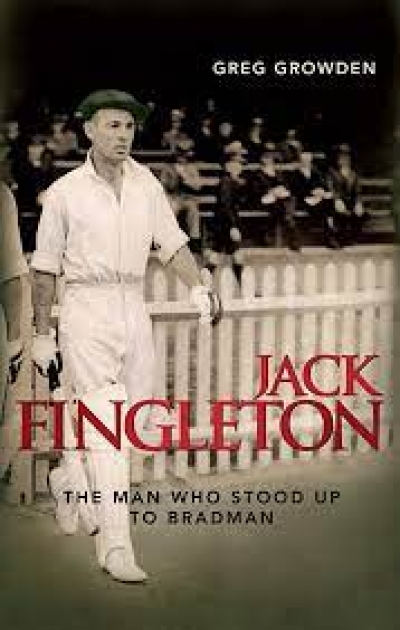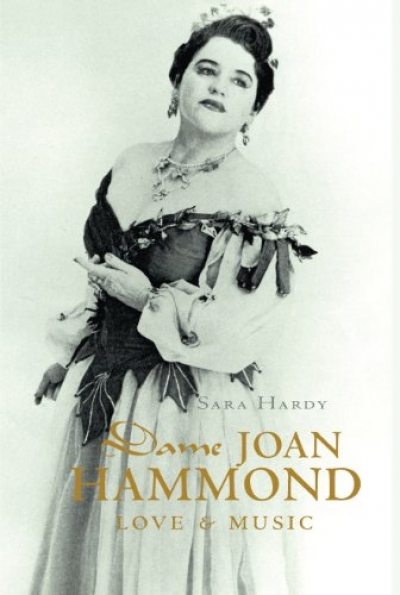Biography
Graham Kennedy Treasures: Friends remember the king by Mike McColl Jones
by Sue Turnbull •
Robert Helpmann: A Servant of Art by Anna Bemrose
by Ian Britain •
Jack Fingleton: The Man who stood up to Bradman by Greg Growden
by Brian Stoddart •
Just before I flew to Australia to deliver this year’s HRC Seymour Lecture in Biography, I heard an ABC broadcast on the BBC World Service. The Australian commentator was talking about the centenary of the birth of Donald Bradman, the ‘great Don’ with his famous Test batting average of 99.94 runs. He said that Bradman was a peculiarly Australian role model because he was a sporting hero and because he knocked the hell out of the British bowling. Slightly carried away by the moment, he added: ‘We still need those founding fathers – we’ve had no George Washington, no Abraham Lincoln ... Don Bradman fills a biographical gap.’
... (read more)









